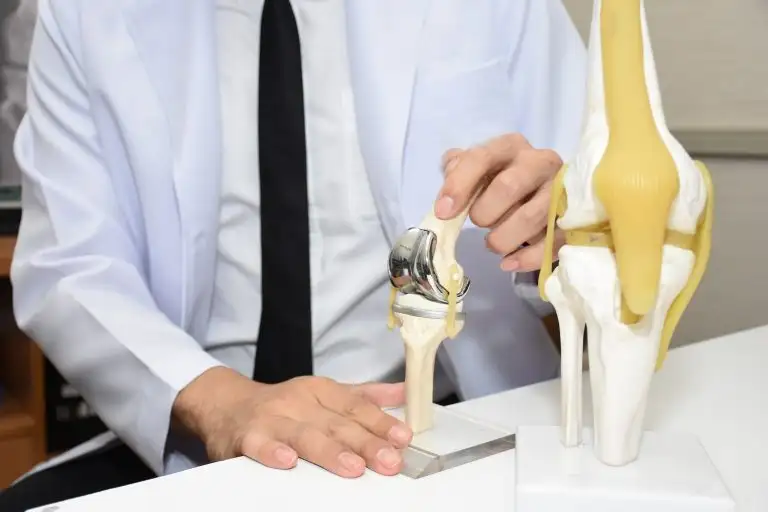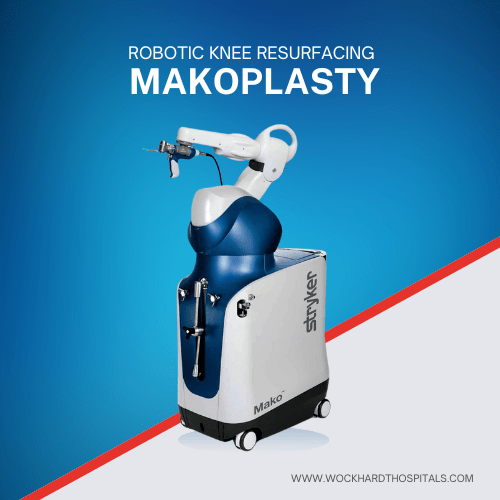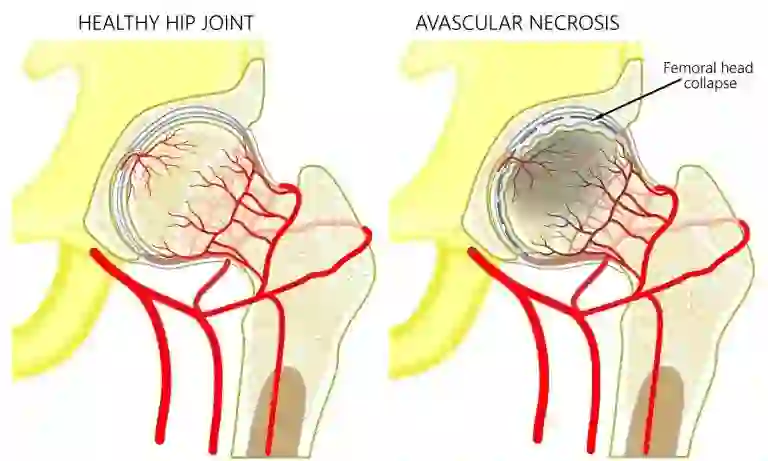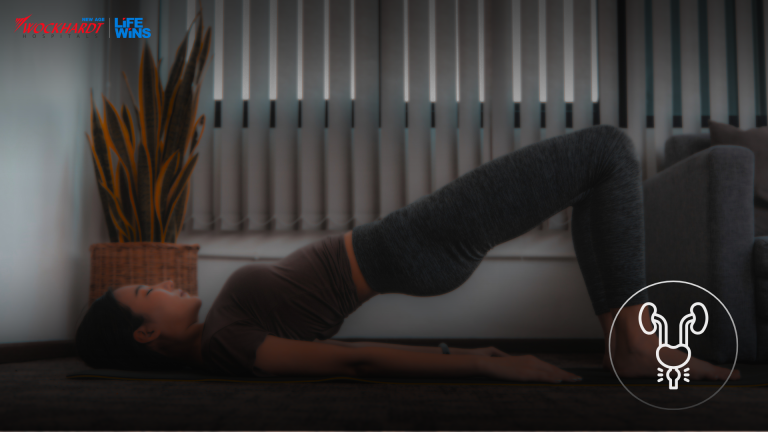While past generations often put off seeing a doctor for joint pain, today’s active adults are finding relief with total joint replacement surgery. Wear and tear on joints are a natural part of aging, so too are the inevitable aches and pains that come with it. Osteoarthritis is the most common type of arthritis, affecting more than 56.6% elderly population in India. The bones that make up your joint surfaces are covered with a protective layer of cartilage that absorbs shock and vibration and allows the bones to glide smoothly during motion. Arthritis causes the cartilage to gradually wear away, resulting in a painful rubbing of bone-on-bone.
All of your joints may be affected by osteoarthritis, although weight-bearing joints, such as the hip and knee, tend to be the most painful. Other joints such as the shoulder and elbow are also involved causing annoying pain and functional disability. People who cannot function day to day because of pain or having rest or night pains and have restricted mobility are good candidates for surgery.
The main objective of joint replacement surgery is to replace the injured or wound joint surfaces with materials such as metal, plastic, polyethylene, ceramics, or a combination of materials. The material selected depends on the reason for the surgery, as well as which joint is being replaced. There are more varieties of artificial joints available now than ever before and orthopedic surgeons will help decide which option is the best for your individual needs.
Results after joint replacement are more consistent now thanks to new techniques, technologies, and materials. Few knee replacements in selected patients can be done minimally invasive subvastus approach having faster recovery, short stay, and less pain. Also, there is no absolute age restriction for these surgeries with average ages of 50 to 80years. It is proved now that joint replacement tends to be easier when you prepare for it like weight reduction, preoperative exercise protocols, improve safety and comfort at your home for easier postoperative independent ambulation.
Knee replacement is the most successful surgery in all of medicine and most people have a better quality of life. Hip replacement is also a very successful common surgery done by orthopedic surgeons mostly for avascular necrosis, hip fractures, and hip arthritis and making most patients ambulatory the second day after surgery. Patients with shoulder and elbow arthritis problems try to bear and tend to delay or avoid joint replacement for long. But in the last two decades with advancements in shoulder and elbow replacement, we are able to give predictable best functional outcomes. Patients should be encouraged for these surgeries to lead pain-free and functional daily activities of the upper limb.
Joint replacement recovery can be long about 6 to 12 weeks and involves a lot of walking, daily exercises and rehabilitation program. Your new joint may feel or sound different, which is normal, but you will get tuned to it with time. Gradually you will have full recovery and can look forward to returning to active life and leaving pain behind. Joint replacement cost is often a concern for people considering surgery. Most health insurance plans cover this surgery and also many government schemes can be availed. Considering high burden of disease even package prices have come down considerably to make it more affordable.
Joint replacement implants have mechanical components, which have wear and tear with them. However, more than 90%implants will last 15years at least. Some will last much longer. You can extend the life of your implant by maintaining a healthy weight, avoiding high-impact activities, and staying fit and active. It is essential to have regular physiotherapy and orthopedic surgeon follow up to monitor implants for longevity.
Patient awareness, education, improved healthcare facilities, gadgets, technological advances, implant inventory, improved pain management, and anesthesia practices have certainly made joint replacement a big boon to humans suffering from arthritis.

















